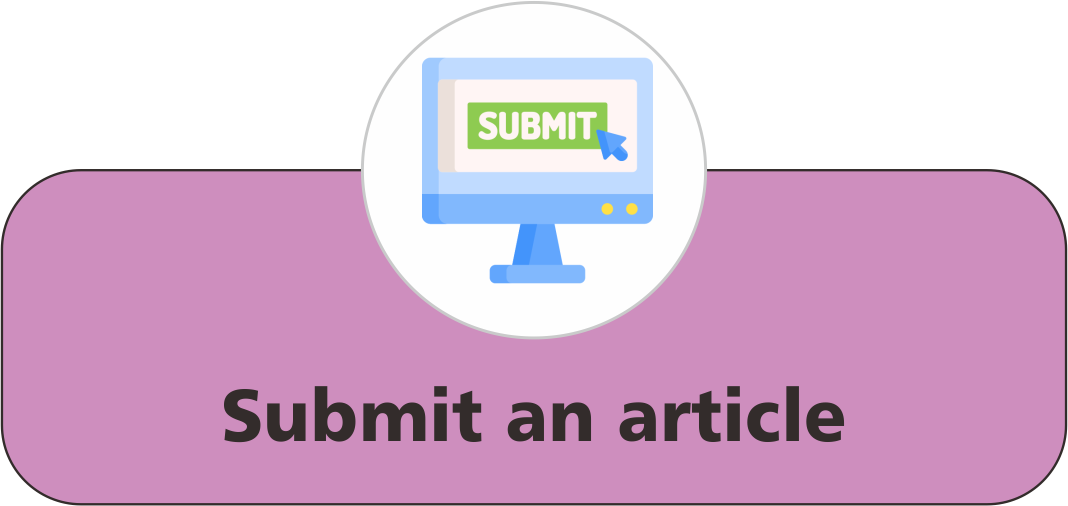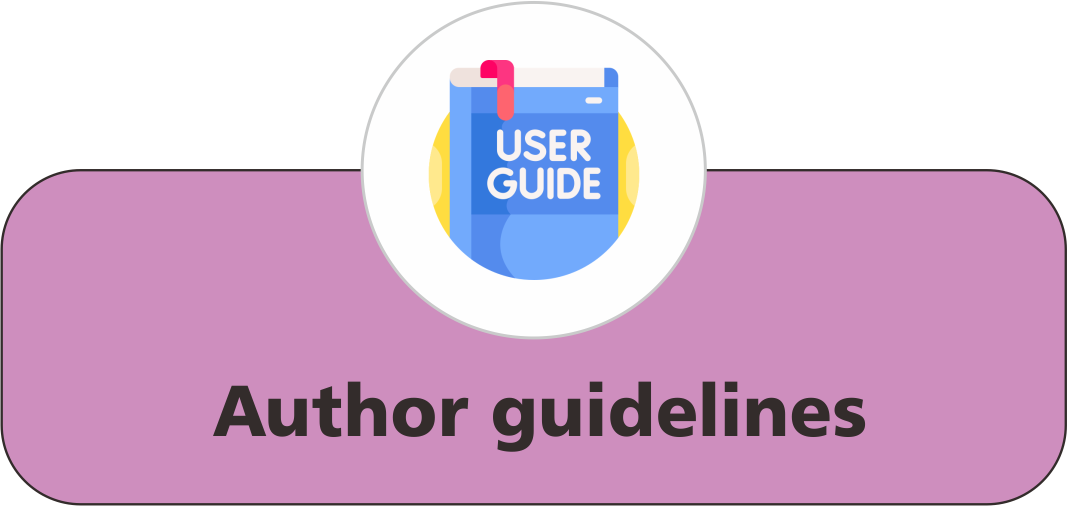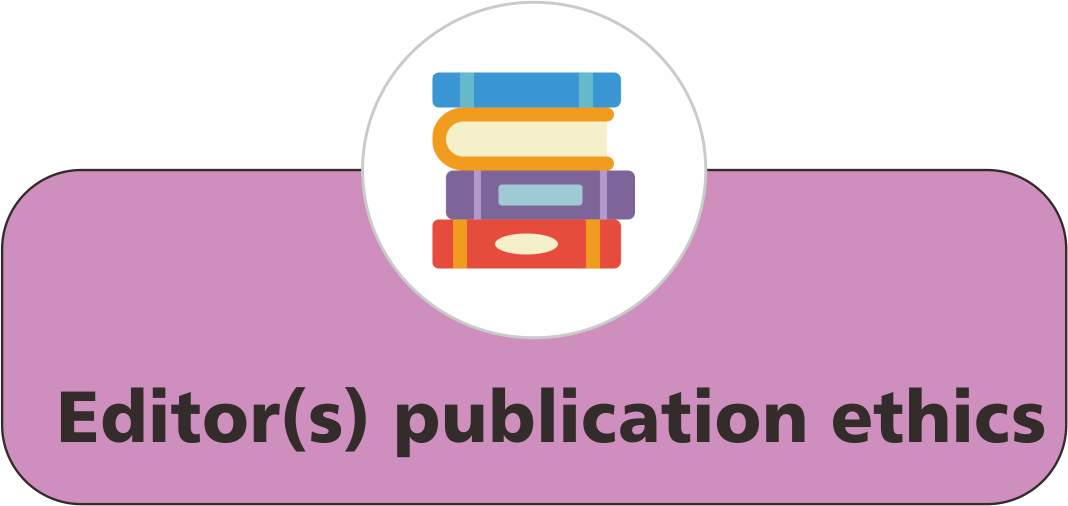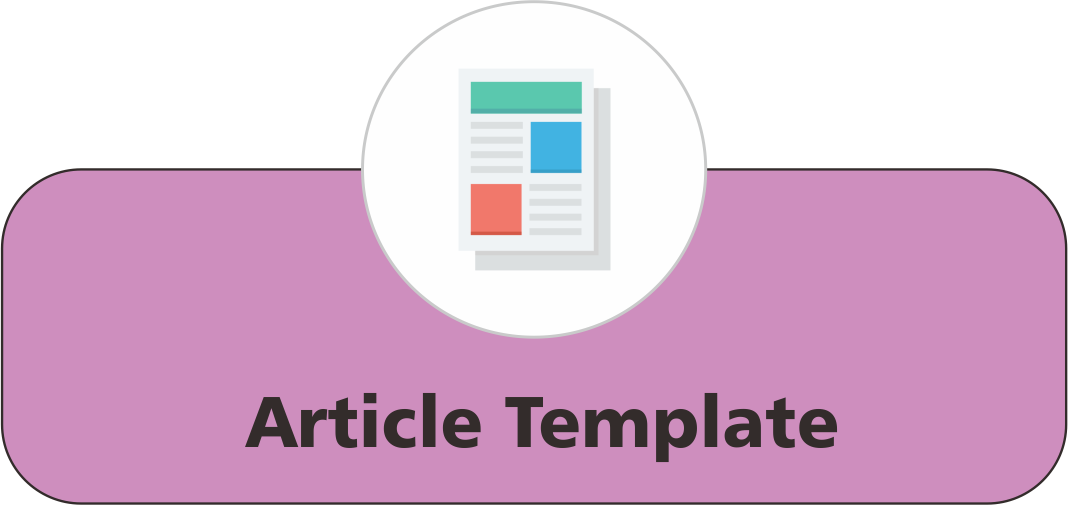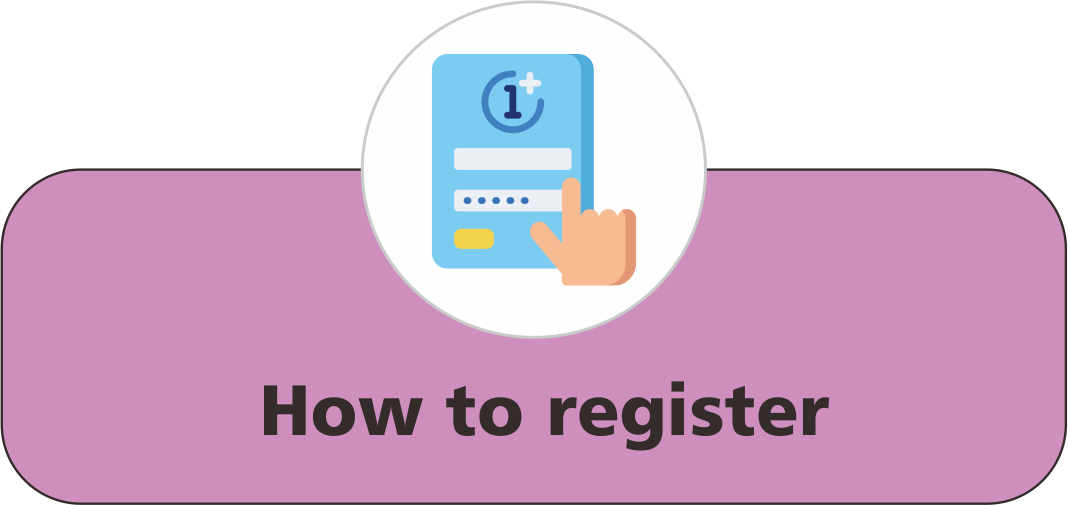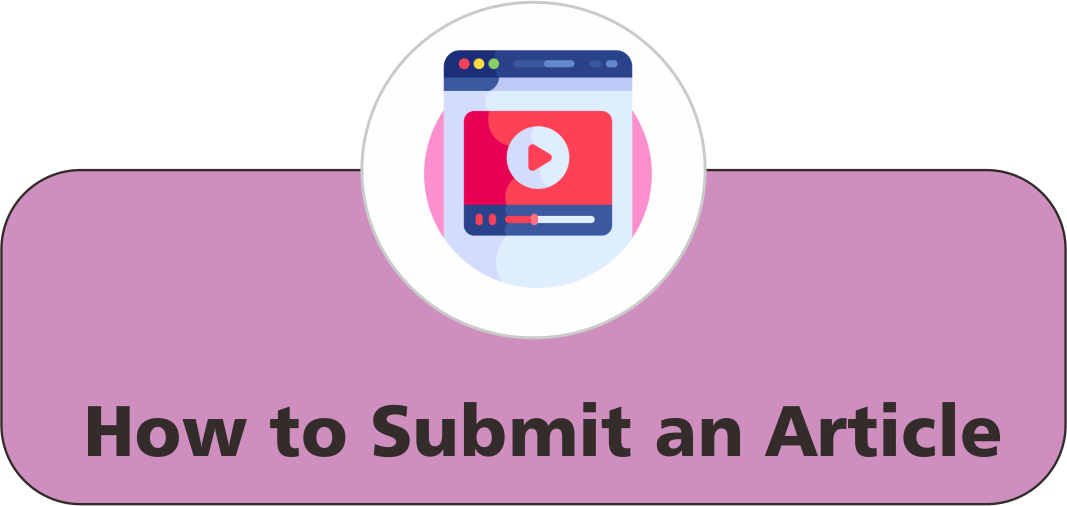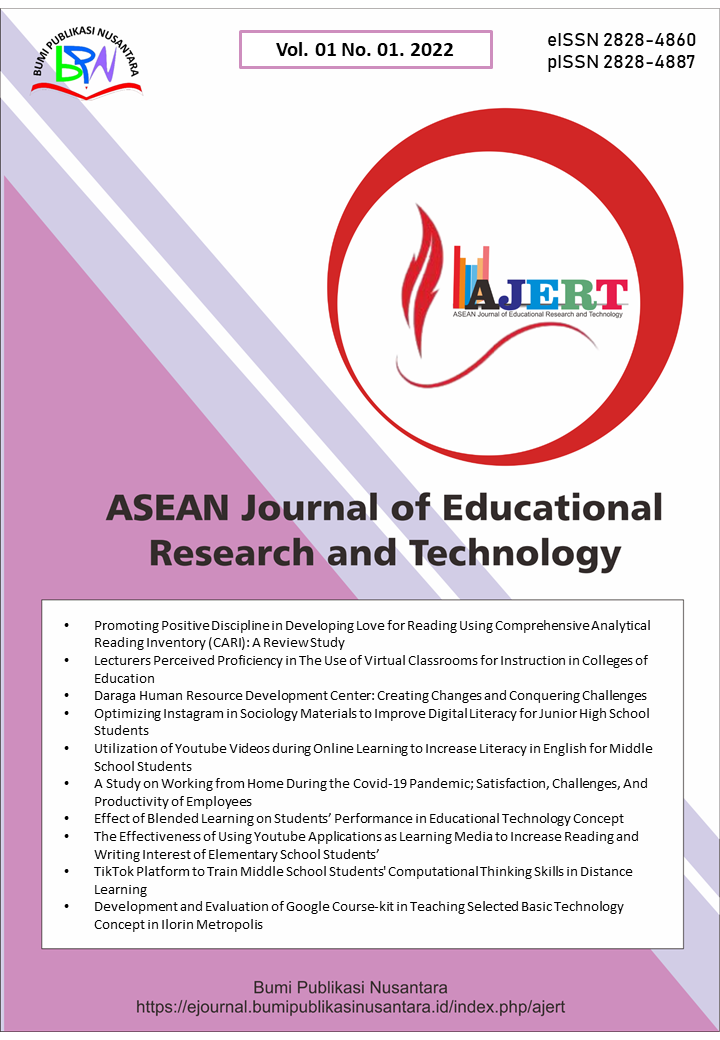Development and Evaluation of Google Course-kit in Teaching Selected Basic Technology Concept in Ilorin Metropolis
 ),
),
(1) University of Ilorin
 Corresponding Author
Corresponding Author
Abstract
Keywords
References
Ajjan, H., and Hartshorne, R. (2008). Investigating faculty decisions to adopt Web 2.0 technologies: Theory and empirical tests. The Internet and Higher Education, 11(2), 71-80.
Albirini, A. (2006). Teachers’ attitudes toward information and communication technologies: the case of Syrian EFL teachers. Computers & Education, 47(4), 373-398.
Bastas, H., and Killian, M. (2015). The effect of an active learning strategy on students’ attitudes and students’ performances in the introduction sociology class. Journal of the Scholarship of Teaching and Learning, 15(3), 53-67.
Behera, S. K. (2013). E- and m-learning: a comparative study. International Journal on NewTrends in Education and their Implications, 4(3), 65-78.
Briggs, T., Ololube, N. P., Kpolovie, P. J., Amaele, S., and Amanchukwu, R. N. (2012). Evaluating the quality of public early childhood education and Vision 20: 2020: the role of government. African Journal of Economic and Sustainable Development, 1(3), 243-264.
Espinosa, N., Estira, K. L., and Ventayen, R. J. M. (2019). Usability evaluation of google course kit: basis for the adaptation of gsuite e-learning platform. Asia Pacific Journal of Education, Arts, and Science, 5(1), 47-51.
Finger, G., and Trinidad, S. (2002). ICTs for learning: an overview of systemic initiatives in the Australian states and territories. Australian Educational Computing, 17(2), 3-14.
Ghavifekr, S., Afshari, M., and Amla, S. (2012). Management strategies for e-learning system as the core component of systemic change: a qualitative analysis. Life Science Journal, 9(3), 2190-2196.
Hamilton-Ekeke, J. T., and Mbachu C. E. (2015). The place of information, communication and technology (ICT) in teaching and learning in Nigerian Tertiary Institutions. American Journal of Educational Research, 3(3), 340-347.
Holliman, R., and Scanlon, E. (2006). Investigating cooperation and collaboration in near synchronous computer mediated conferences. Computers & Education, 46(3), 322-335.
Idowu, A. I. and M. Esere. (2013). ICT and higher educational system in Nigeria. Academic Journals: Educational Research and Reviews, 8(21). 2021–2025.
Jamieson-Proctor, R., Albion, P., Finger, G., Cavanagh, R., Fitzgerald, R., Bond, T., and Grimbeek, P. (2013). Development of the TTF TPACK ssurvey iinstrument. Australian Educational Computing, 27(3), 26-35.
Jorge, C. M. H., Gutiérrez, E. R., García, E.G., Jorge M. C. A., and Díaz, M. B. (2003). Use of the ICTs and the perception of e-learning among university students: a differential perspective. Australian Educational Computing, 27(3), 26-35.
Lin, Y. T., and Jou, M. (2013, April). Integrating popular web applications in classroom learning environments and its effects on teaching, learner learning motivation and performance. The Turkish Online Journal of Educational Technology. 12(2), 157-165.
Oishi, L. (2007). Working together: google apps Gges to school. Technology & Learning, 27(9), 46-47.
Faryadi, Q. (2012). The architecture of interactive multimedia courseware: a conceptual and an empirical-based design process: phase one. International Journal of Humanities and Social Science, 2(3), 199-206.
Hammami, S., Qassem, S., and Al Muhaideb, S. (2012). Adaptive e-learning using the semantic web: a comparative survey. International Journal of Information and Communication Technology Research, 2(4). 366-372.
Shaharanee, I. N. M., Jamil, J. M., and Rodzi, S. S. M. (2019). Google course kit as a tool for active learning. AIP Conference Proceedings. 761(1), 020069.
Young, S. S. C. (2003). Integrating ICT into second language education in a vocational high school. Journal of Computer Assisted Learning, 19(4), 447-461.
Article Metrics
Abstract View : 1406 times
: 1406 times Download : 758 times
Download : 758 times
Refbacks
- There are currently no refbacks.
Copyright (c) 2022 Bumi Publikasi Nusantara

This work is licensed under a Creative Commons Attribution-ShareAlike 4.0 International License.

